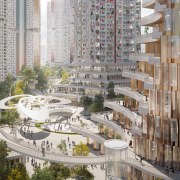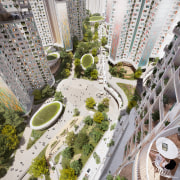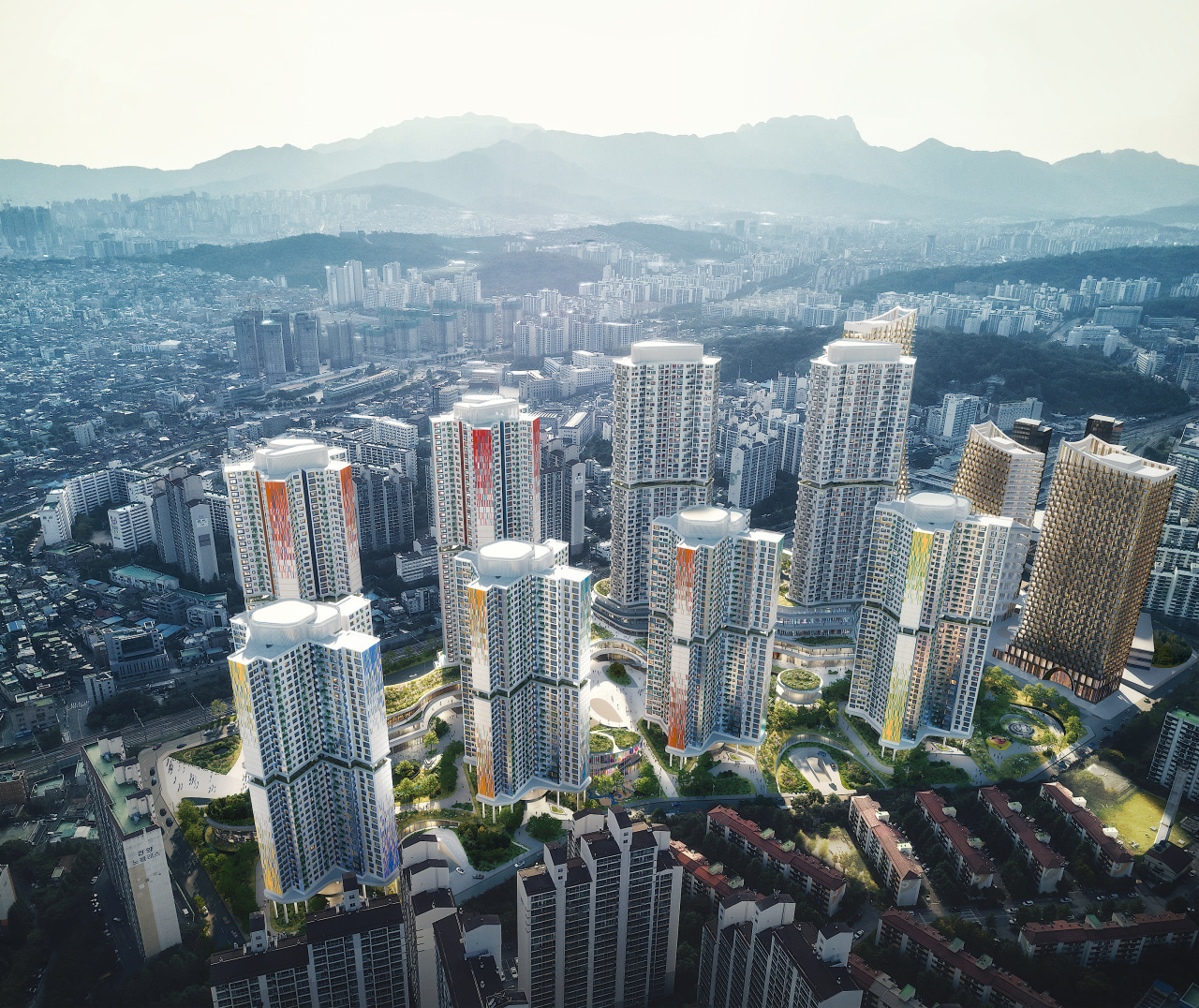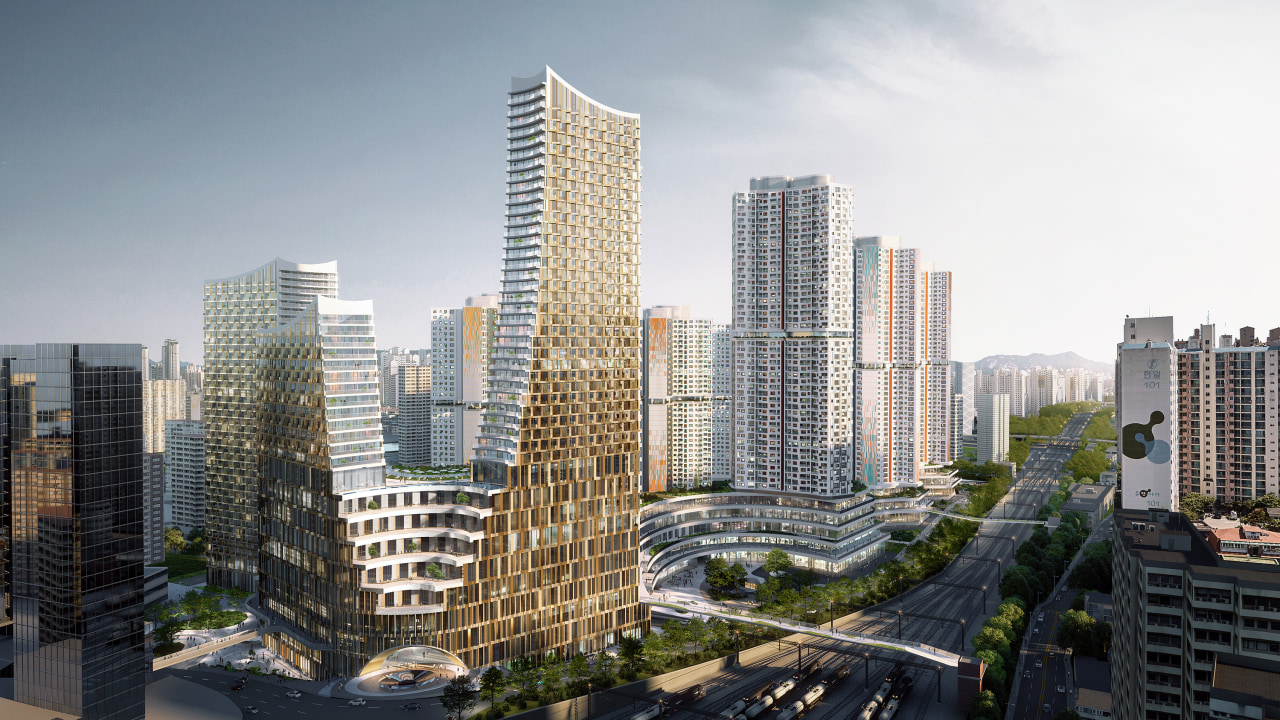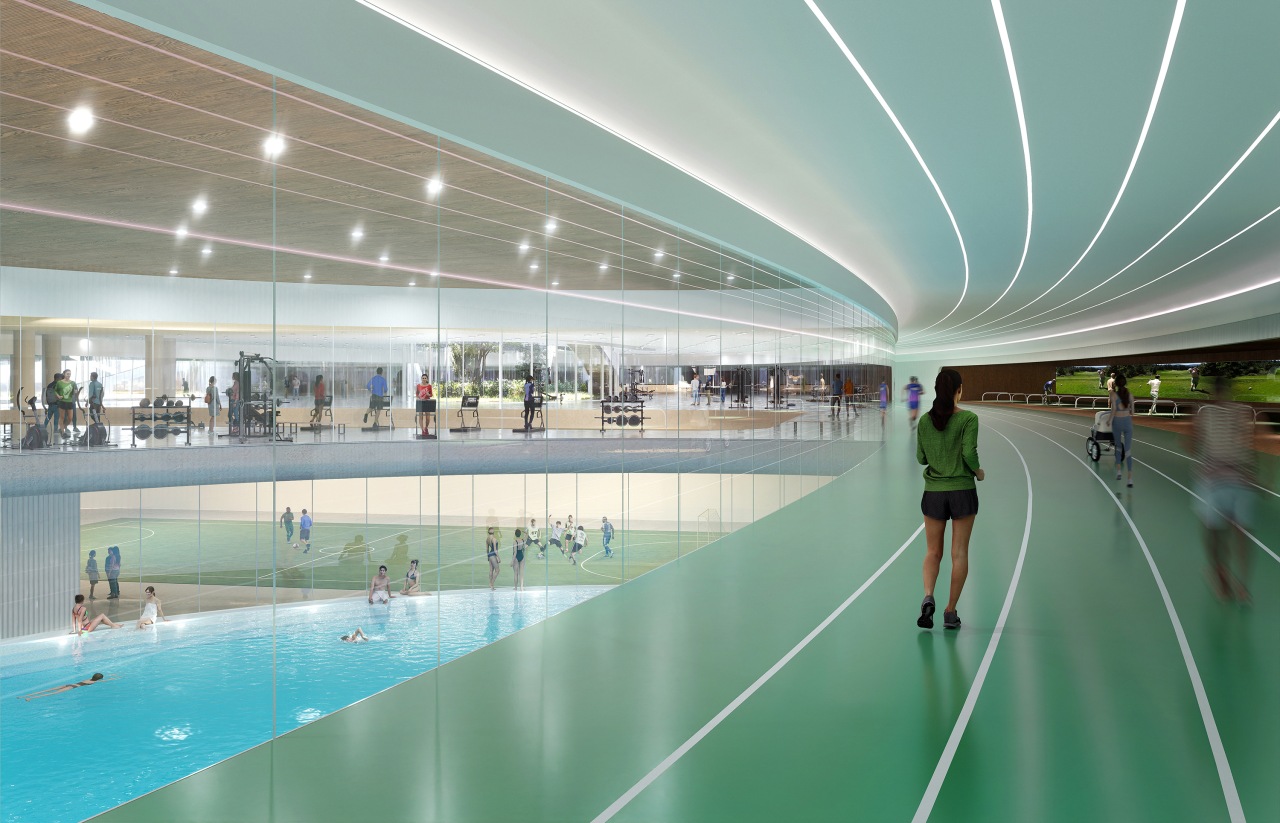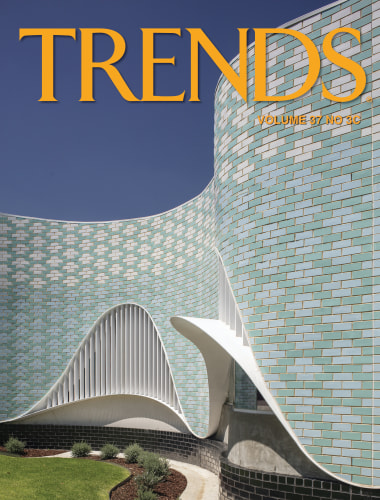New masterplan for a ’10-Minute City’ in Seoul
Too long to get to work? Feel life isn't built along wellbeing principles? Or is that we need a more organic way to approach retail, business and leisure? Project H1, by UNStudio, presents a master plan for all that
Designed by UNStudio
From the designers:
UnStudio has design a superior, green, mixed-use neighbourhood in Seoul – a smart ’10-minute city’ for the new digital economy, where open innovation, green energy and diversity create an attractive and productive area to live, work and play.
Project H1 involves the transformation of an existing industrial site and railway area into a 504.000m² neighbourhood for the new digital economy.
As part of this, UNStudio collaborated with the consultancy arm of UNSense to propose a plan for the integration of tailored, on-demand digital packages for the future residents
This added tech layer is designed to complement the physical urban plan and create a fully digitally serviced neighbourhood – thus going beyond the usual efficiency focus of Smart City models to enhance the daily lives of the residents and free up time for leisure activities.
In the design, the different layers of the physical masterplan and the digital interface work together to provide residents of all ages and family configurations with a smart, healthy, green environment where contemporary working, living and entertainment are all combined in one neighbourhood. As such, Project H1 serves as a pilot for an adaptable strategy for mixed-use urban developments of the future.
Project H1 will be a pedestrian-friendly neighbourhood with spacious streets and nature at your doorstep. It will be a place where residents have all the conveniences of the city within a 10-minute walk from their homes.
“We have taken an approach of ‘flexible urban density’. This enables the multi-functional use of public space and employs mixed-use organisational models to ensure that the residents can meet, connect and socialise, both in planned and spontaneous scenarios.
“The components of the masterplan not only encourage the creation of strong community bonds, the proposed digital service packages also create an unprecedented level of convenience for the residents."
The setting
The site for Project H1, an old industrial site and railyard, is located close to the mountains in the north-east of Seoul.
Situated between two existing residential neighbourhoods, the introduction of a new rail link has however created an opportunity to revitalise the area and connect the two neighbouring developments, as well as nearby stations and parks. For the new mixed-use economic hub, quality of life, health, nature and 'growing together as a new the local community' are paramount.
The concept for the area design would ideally be guided by traditional Korean urban planning principles, which respond to the surrounding natural landscapes.
Green ethos
As such, a continuity of green space is maintained throughout, while the form language of the buildings follows the soft topography of the nearby mountains and visual corridors are created to the mountains beyond.
Well being and productive landscapes
A key aim of the masterplan design is to improve wellbeing by connecting people directly to nature through a focus on outdoor living. Therefore, extensive urban nature is developed on the site by way of key landscape elements comprising cultivated nature (gardens, parks, themed green roofs) and less cultivated, lush green landscapes and nature zones.
Conceptually and strategically the H1 masterplan is based on a principle of ‘productive landscapes’.
In terms of citizen well being, the 10-minute city includes programming for health focuses on fitness, food and clean energy, with the inclusion of climbing walls, public parks and running tracks, in addition to encouraging people to walk and cycle through the site by excluding cars.
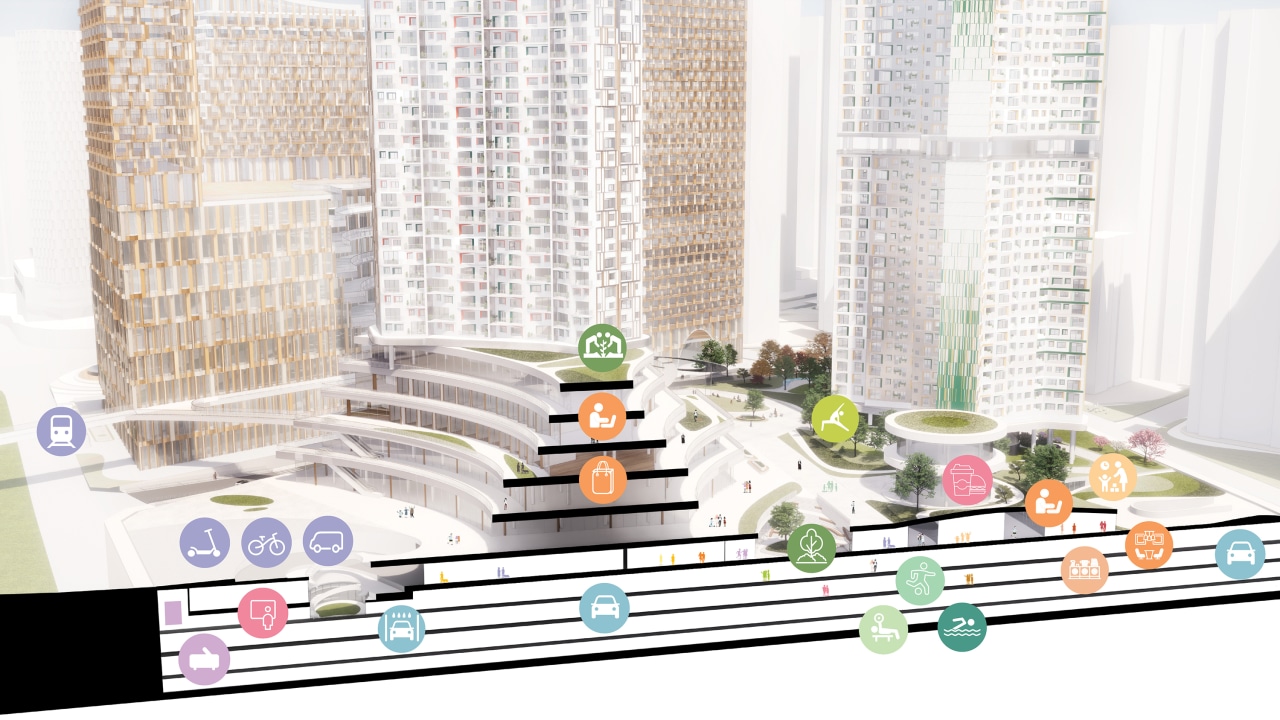
Facilities for hydroponics and urban farming are also incorporated. To foster education and innovation, spaces are created that encourage learning, creativity and imagination, such as an ideas hub, a library and an incubator for innovative new businesses. Retail – blurring the lines
And for retail, a network of spaces is created that focuses on making, designing, exchanging and sharing.
This includes offering undefined spaces comprised of multi-purpose communal spaces with no fixed programme, discussion ‘salons’, spaces for pop-up events and urban break out spaces.
Further amenities such as leisure, co-working spaces and health services are located on strategic locations throughout the Masterplan.
Organisation
The main axis of the site is defined by creating two main zones.
The Residential Component The larger portion of the masterplan houses a mixed-use plot accommodating 8 residential towers which stand on what are referred to as ‘Stepping Stones’.
Increasing ground area, these leisure levels provide spaces for commercial, educational and cultural activities on street-level and on two to three additional levels above.
With flowing, curved lines, the height differences of the leisure levels are integrated into the landscape design, creating areas to relax, play and exercise, while the landscape concept is continued up on to the towers in the form of roof gardens.
The apartments in the towers propose a new typology of multi-generational and lifecycle housing of different sizes and price classes; flexible, compact, apartments that cater to multiple family and tenant configurations that can change over time. For the design of the residential component, the aim was to ensure optimal access to daylight and good ventilation. Every residential unit is designed to have sufficient facade length, while balconies with space for pots and planters are introduced in order to give the residents access to outside areas and to grow their own green.
The basement levels of the masterplan not only cater to logistics and parking for this car-free neighbourhood, they also house multiple shared health-related amenities, such a running track and swimming pools.
The Commercial Business plot
Connected to the mixed-use area is the new ‘ Commercial Business plot’, which is in the vicinity of 11 universities and next to a train station and future high speed train connection.
This Commercial Business plot consists of a hotel, co-living residences, and co-working spaces with pockets for private work.
These programmes are combined with leisure and health facilities and are connected by a Town Plaza.
Sustainability
Water concept
Sudden, short and heavy rainfalls are a result of changing weather patterns.
In order to cope with the large amounts of water that can suddenly fall in Seoul, most horizontal surfaces in the masterplan are covered with a thick layer of soil.
This layer of soil and green captures the large quantities of rainfall, which is then filtered in a water filtration system.
Waste re-use and storage
Waste collectors are placed in the basement with designated recycling areas and organic waste is used to develop compost for urban farming.
In H1, the compost stations are also used as an example of how the life-cycle of food actually works.
It creates an opportunity for the young urbanites to experience the cause and effect which is inherent to our eco-system.
Credit list
Tailored digital packages
Landscape architect
Design studio
Local architect of record
Designed by: UNStudio
Story by: Trendsideas
Photography by: Courtesy of UNStudio – visualisations by WAX & Virgin Lemon
Home kitchen bathroom commercial design

